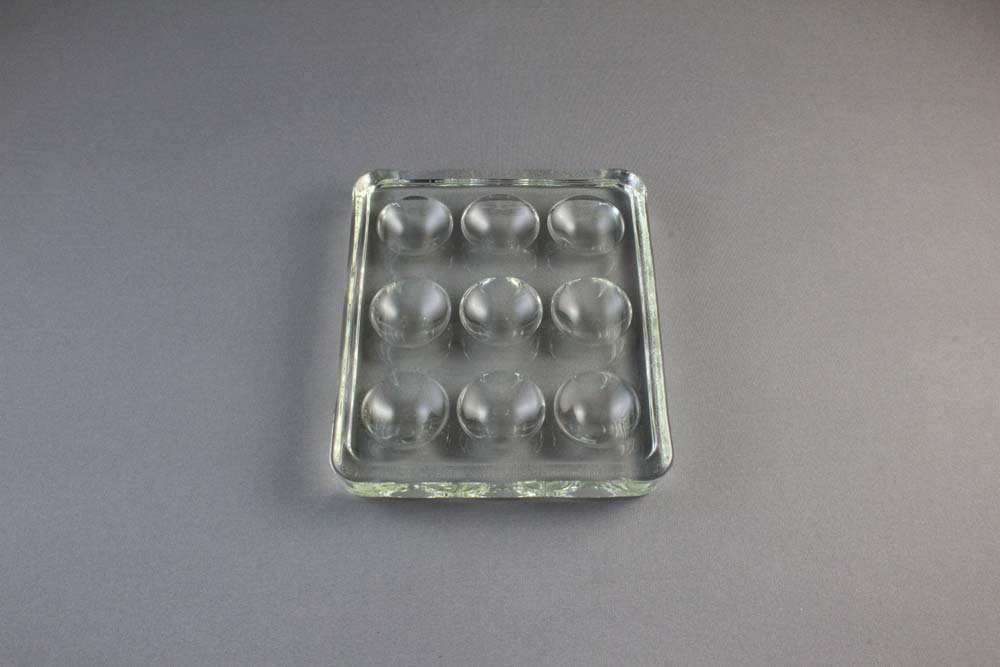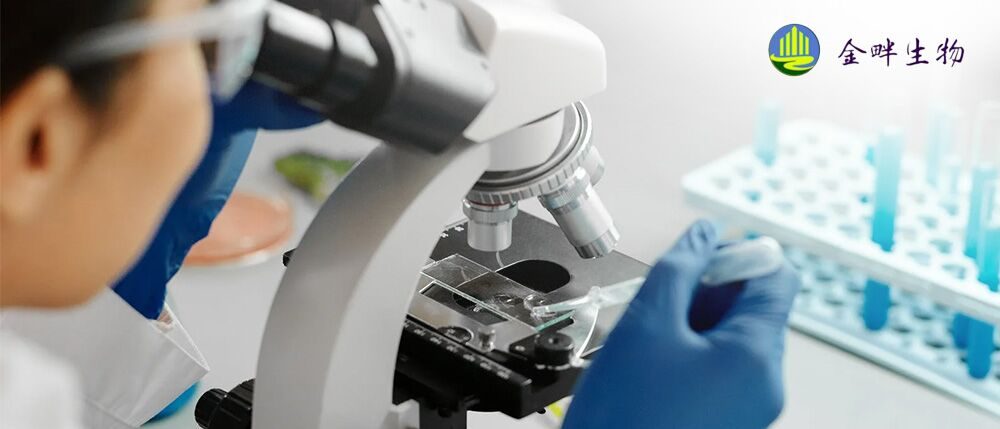Hampton 9 Well Glass Plate & Sandwich Box Setup
APPLICATIONS
- Sitting drop crystallization
- Seeding
- Heavy atom soaks
- Cryo transfers
- Large drops to produce large crystals for neutron diffraction studies
应用程序
静滴结晶
播种
沉重的原子泡
低温转移
用于中子衍射研究的大液滴产生大晶体
FEATURES 特性
- Siliconized, 9 well glass plates
- Concave wells
- Polystyrene box and support
硅化,9孔玻璃板
凹井
聚苯乙烯盒和支架

DESCRIPTION
When setting up a Sandwich Box, one pipets 25 ml of crystallization reagent or dehydrant into the bottom of the Sandwich Box, then places a support into the box. The 9 well depression plate is placed upon the support. Drops of sample and reagent are pipetted into the depressions and the lid of the Sandwich Box is sealed closed with vacuum grease.
Why Sandwich Boxes? They allow one to use very, very large drops. They are optically superior to plastic plates and glass slides, and offer different equilibration kinetics than other crystallization plates. Each of the Sandwich Box components can be washed and reused so there is little waste with the Sandwich Box Setup. These plates can be used during screening and optimization, but are best suited for final optimization and production of crystals. Since the glass plates can be removed from the boxes, crystal mounting is convenient. The siliconized 9 well depression plates are also useful for heavy atom soaks, cryo solution dilution and transfers, and seeding experiments where serial dilutions are involved. Sandwich Box Setups are available as a complete set or as individual components so one can customize the system to meet their needs. Square cover slides can be used to seal individual reservoirs but are not typically used in a crystallization setup. The Sandwich Box Setup consists of a square plastic box (4 5/16” x 4 5/16” x 1 1/8”), a polystyrene plate support, and a siliconized, glass plate (4” L x 3 3/8” W (100 mm x 85 mm)) with nine concave depressions (7/8” O.D. x 1/4” D (22 mm x 7 mm)).
Drop sizes up to 800 microliters are possible with the Sandwich Box Setup.
描述
当设置一个三明治盒,一个移液管25毫升的结晶试剂或脱水剂到三明治盒的底部,然后放置一个支撑在盒子里。9孔压板放置在支架上。样品和试剂滴入凹陷处,三明治盒的盖子用真空润滑脂密封。
为什么是三明治盒?它们允许人们使用非常非常大的水滴。它们在光学上优于塑料板和玻璃载玻片,并提供不同于其他晶化板的平衡动力学。每个三明治盒组件都可以清洗和重复使用,因此三明治盒设置几乎没有浪费。这些板可用于筛选和优化,但最适合最终优化和生产晶体。由于玻璃板可以从盒子上拆下来,水晶安装很方便。硅化9孔凹板也适用于重原子浸泡,冷溶液稀释和转移,和播种实验,其中涉及一系列稀释。三明治盒设置可作为一个完整的集合或作为单独的组件,因此可以自定义系统,以满足他们的需求。方形盖滑块可用于密封单个储层,但通常不用于结晶装置。三明治盒设置包括一个方形塑料盒(4 5/16“x 4 5/16“x 1 1/8“),一个聚苯乙烯板支撑,和一个硅化,玻璃板(4“长x 3 3/8“宽(100毫米x 85毫米))与九个凹凹陷(7/8“od x 1/4“D(22毫米x 7毫米))。
滴大小可达800微升与三明治盒设置。
RELATED ITEM(S)
REFERENCES 参考文献
1. In situ X-ray crystallography. A. McPherson. J. Appl. Cryst. (2000). 33, 397-400.
2. Preliminary joint X-ray and neutron protein crystallographic studies of endoxylanase II from the fungus Trichoderma longibrachiatum. Kovalevsky, A. Y., Hanson, B. L., Seaver, S., Fisher, S. Z., Mustyakimov, M. & Langan, P. (2011). Acta Cryst. F67, 283-286.
3. Well-based crystallization of lipidic cubic phase microcrystals for serial X-ray crystallography experiments. Acta Crystallographica Section D Structural Biology. 75. 10.1107/S2059798319012695. Andersson, Rebecka & Safari, Cecilia & Båth, Petra & Bosman, Robert & Shilova, Anastasya & Dahl, Peter & Ghosh, Swagatha & Dunge, Andreas & Kjeldsen-Jensen, Rasmus & Nan, Jie & Shoeman, Robert & Kloos, Marco & Doak, R. & Mueller, Uwe & Neutze, Richard & Brändén, Gisela. (2019).
